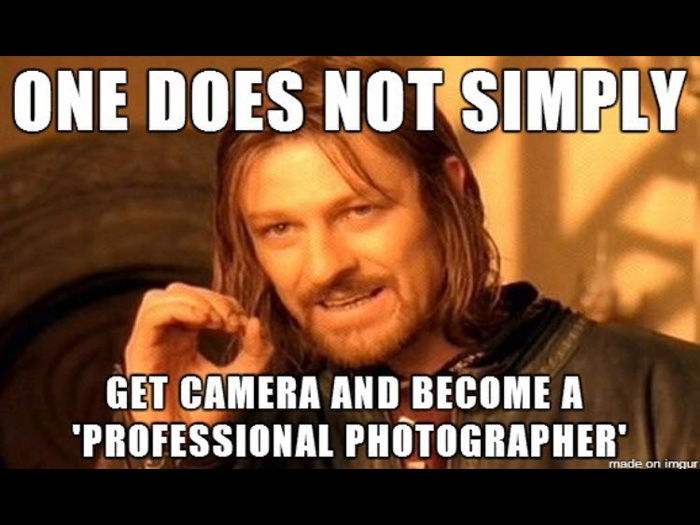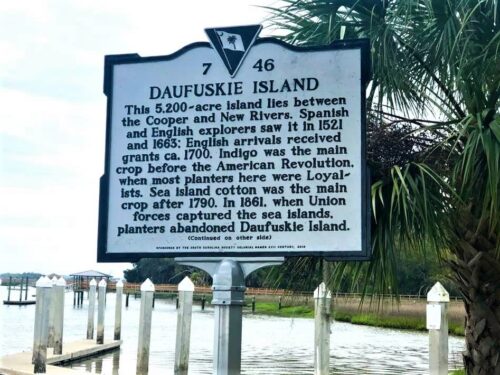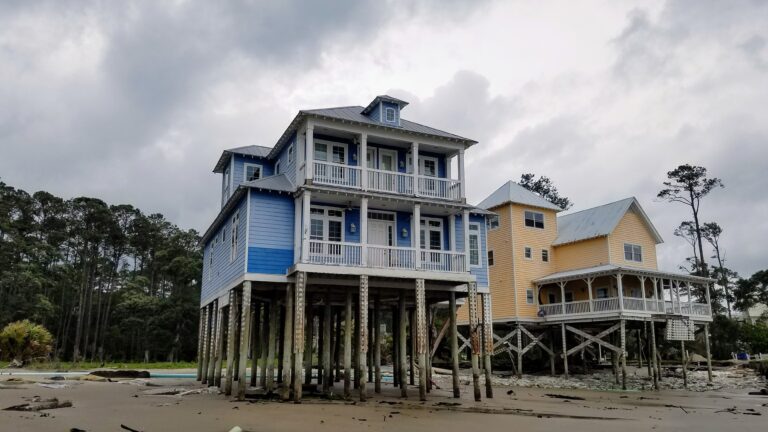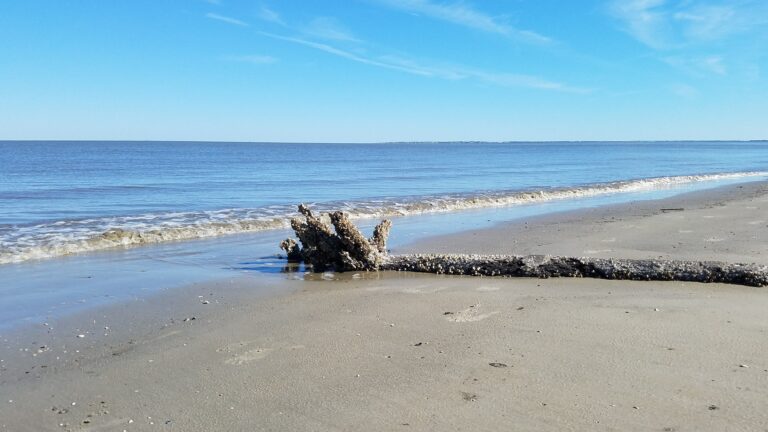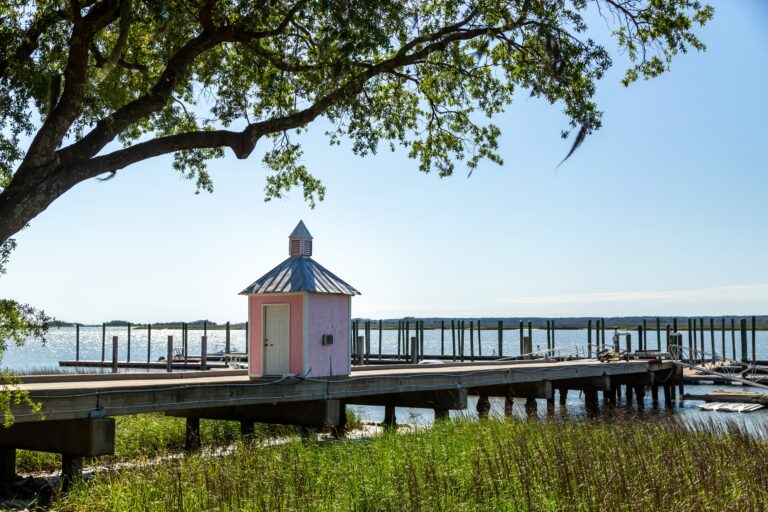A photographers guide to Daufuskie Island
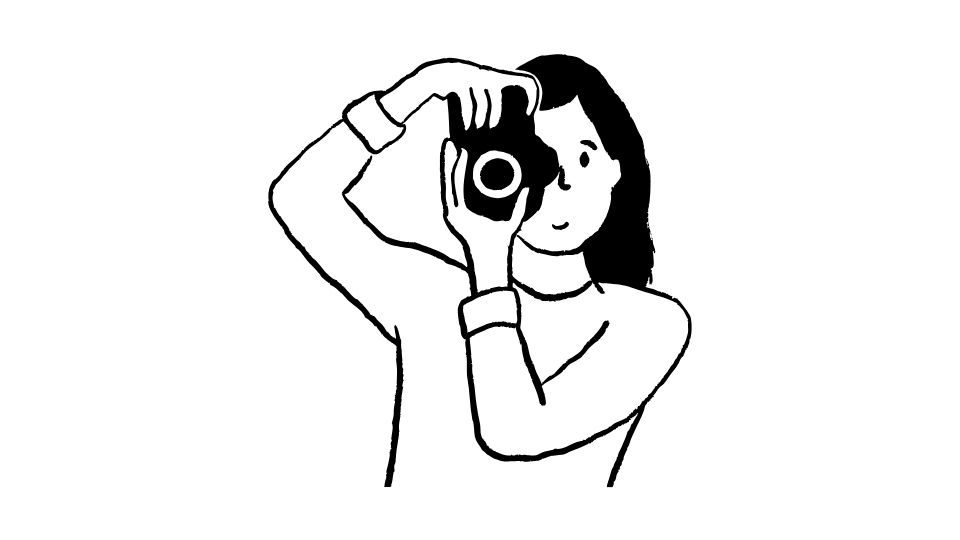
Daufuskie Island is basically a photographer’s dream that nobody’s talking about. This car-free paradise off South Carolina’s coast is like stepping back in time – with sandy lanes replacing paved roads, historic buildings that tell stories of generations past, and beaches that haven’t been overrun by tourists with selfie sticks.
I visited recently and couldn’t put my camera down. Between the Spanish moss dripping from ancient oaks and the golden light hitting weathered buildings just right, my memory card filled up faster than I could say “y’all.”
Let me show you why Daufuskie should be on every photographer’s bucket list.
The Photographer’s Guide to Daufuskie Island
Getting There (No, You Can’t Just Drive)
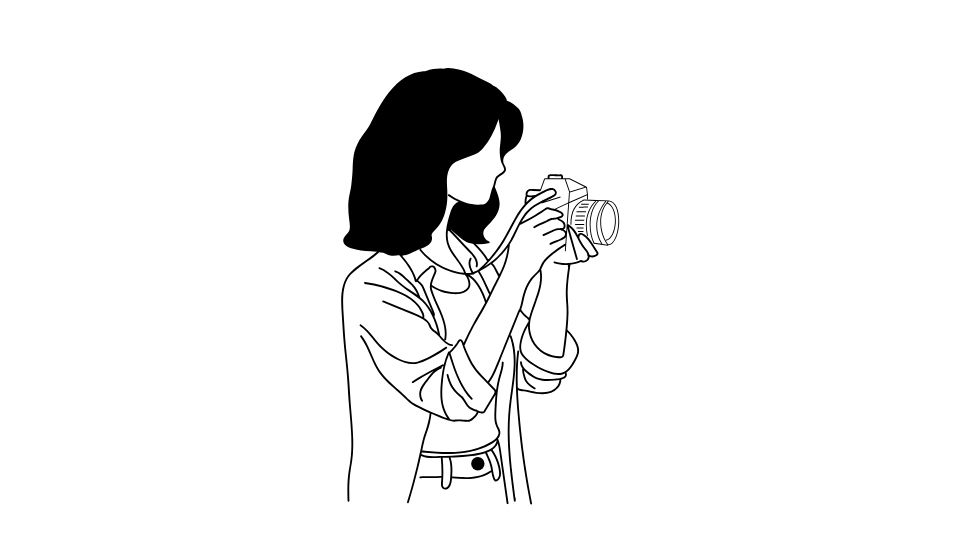
First things first – Daufuskie is only accessible by boat. That’s right, no bridge, no causeway, just water separating it from the mainland. This is actually what keeps it so special and undeveloped.
You’ll need to catch a ferry from either Hilton Head Island or Savannah. The ride takes about 45 minutes and offers some great shots of the surrounding waterways.
Once you arrive, leave your car mindset behind. The island runs on golf carts and bicycles, which immediately forces you to slow down. This is the perfect mental shift for photography – no rushing from spot to spot, just leisurely exploration and mindfulness about what you’re capturing.
Pro tip: If it rains, those sandy roads turn muddy real quick. Pack your gear accordingly and maybe skip the white sneakers.
Photo-Worthy Spots That’ll Fill Your Instagram For Months

1. Beaches That Don’t Feel Like The Rest of South Carolina
Sandy Lane Beach isn’t your typical tourist-packed stretch of sand. It’s wide, pristine, and often completely empty.
The beach offers incredible views across Calibogue Sound where you can actually see Harbour Town lighthouse in the distance. On clear days, you might even spot Savannah’s skyline.
For photographers, the magic happens at the edges of the day. Sunrise here gives you soft pastels reflecting off wet sand, while sunset creates dramatic silhouettes of driftwood against orange and pink skies.
Unlike other beaches, you’ll find untouched patterns in the sand, interesting shells, and zero high-rise hotels ruining your background. Nature photographers will love the textures and patterns of sea foam, sand dollars, and smooth driftwood scattered along the shore.
2. Historic Buildings That Tell Stories
Daufuskie is packed with historic structures that have more character in a single weathered plank than most modern buildings have in their entirety.
The First Union African Baptist Church (built 1884) sits nestled among oak trees and has a simple, powerful presence that photographs beautifully. The white clapboard exterior against blue sky makes for striking images, especially when side-lit in morning or afternoon. Historical churches like this one hold centuries of stories in their architecture.
Bloody Point Lighthouse isn’t your typical towering lighthouse – it’s actually a former light keeper’s cottage that’s been converted into a museum. Beyond architectural shots, there’s a massive eagle nest on the property that wildlife photographers will go nuts for.
The Silver Dew Winery building dates back to 1883 and was originally built as a “wick house.” Its rustic charm makes it perfect for moody black and white photography or golden hour color shots.
My personal favorites are the Tabby Ruins – remnants of buildings made from oyster shell-based concrete that was popular in the colonial era. These crumbling structures create haunting frames and textures that almost photograph themselves.
3. Art Scenes That Pop With Color
Daufuskie has a thriving artist community that provides endless colorful subjects.
The Iron Fish Gallery is outdoor heaven for photographers – coastal-inspired metal sculptures placed throughout a natural setting. The contrast between man-made art and nature creates fascinating juxtapositions.
Scattered around the island are vibrant, weathered houses and studios painted in colors that would make a box of crayons jealous. These structures practically beg to be photographed, especially against the island’s lush green backdrops.
If you’re lucky, you might catch local artisans at work – blacksmiths hammering iron or painters capturing the island’s beauty. These environmental portraits tell the story of Daufuskie’s creative spirit.
4. Wildlife That Doesn’t Run From Your Camera
Unlike heavily trafficked tourist destinations, Daufuskie’s wildlife hasn’t learned to fear humans, making it a dream for wildlife photographers.
The island’s maritime forests, salt marshes, and freshwater ponds create diverse habitats where you’ll find:
- Great blue herons stalking fish in shallow waters
- Alligators sunning themselves (keep a respectful distance!)
- White-tailed deer peeking through Spanish moss
- The island’s famous Marsh Tacky horses – a unique breed historically used by early settlers
The best wildlife photography happens early morning or late afternoon when animals are most active and the light is soft. A telephoto lens is essential here, but don’t forget to capture environmental shots that place the animals in their natural habitats.
5. People & Lifestyle Shots That Tell The Island’s Story
The quiet, natural settings of Daufuskie make it perfect for portrait photography. Whether you’re capturing your travel companions or the friendly locals, the island provides incredible backdrops.
Lifestyle photographers will love documenting the island’s laid-back, off-grid vibe. From fishermen checking crab pots to locals navigating sandy paths on golf carts, there’s a authentic quality to life here that translates beautifully to images.
Practical Tips That’ll Save Your Shoot

Gear You’ll Actually Need
- Lenses: Bring variety – wide-angle (16-35mm) for landscapes and architecture, telephoto (70-200mm) for wildlife, and a fast prime (50mm or 85mm) for portraits.
- Tripod: Essential for low-light dawn/dusk beach shots and long exposures.
- Weather protection: Humidity is no joke here. Bring lens cloths, silica gel packets, and rain covers.
- Backup batteries & cards: Charging options can be limited on the island.
Working With Lowcountry Light
The light on Daufuskie has this magical quality you don’t find everywhere. During golden hour, it bathes everything in warm tones that make even ordinary scenes look extraordinary.
Overcast days aren’t a waste – they’re perfect for capturing the texture in historic buildings and foliage without harsh shadows.
For beach photography, early morning offers the most peaceful scenes with footprint-free sand. Late afternoon gives you dramatic shadows and golden light on the water.
Weather & Terrain Realities
Let’s be real – it gets hot and humid. Plan outdoor shoots for morning and evening when possible.
Mosquitoes can be fierce, especially near wooded areas at dawn and dusk. Bug spray is your friend (just keep it away from your gear).
The sandy, sometimes muddy terrain means your equipment will get dirty. Bring cleaning supplies and consider a good camera bag that sits off the ground.
Respecting The Island & Its People
Daufuskie has preserved its character precisely because people respect it. Remember:
- Ask permission before photographing inside buildings or taking portraits of residents.
- Respect private property and religious services.
- Consider joining a Gullah cultural tour with a native guide for deeper insights and better photo opportunities.
Telling Daufuskie’s Unique Story Through Your Lens
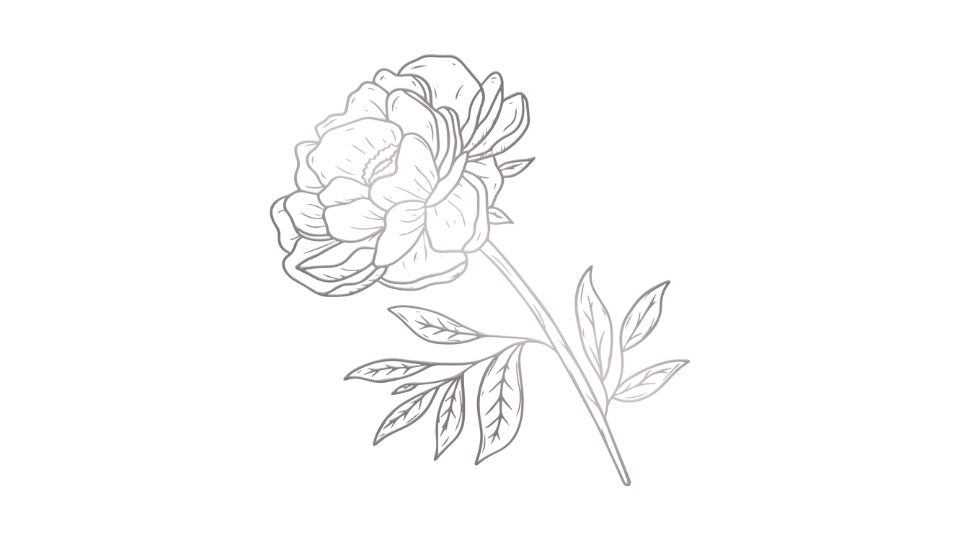
What makes Daufuskie truly special for photographers is the opportunity to tell rich, layered stories through images.
The island has deep Gullah heritage – a distinct African American culture with West African roots. This history is visible everywhere from architectural details to food to crafts.
Visit the Frances Jones Home, preserved for its educational legacy, or the Billie Burns Museum for cultural artifacts that make compelling photographic subjects.
The “unplugged” lifestyle of Daufuskie creates powerful visual narratives. Empty beaches, weathered boats, shaded marsh paths – these images convey an escape from modern life that resonates with viewers.
For documentary photographers, the contrast between abandoned historic structures and well-preserved ones tells the story of an island in transition – honoring its past while finding a sustainable future.
Unlike heavily manufactured tourist destinations, Daufuskie offers authentic moments waiting to be captured. The fisherman checking his traps, artists working in open-air studios, locals gathering at the island’s only general store – these scenes feel real because they are.
Daufuskie Island gives photographers something increasingly rare – an unspoiled canvas where natural beauty, cultural depth, historical resonance, and peaceful solitude combine. From beachscapes to wildlife to weathered buildings dripping with stories, this little island off South Carolina’s coast delivers big for anyone with a camera and an eye for the extraordinary.
Just don’t tell too many people about it some places deserve to stay a little secret.

